Pine Street paradise: Inside Lismore’s squatter central
A strip of abandoned homes deemed unsafe has been overrun with dozens of squatters refusing to leave despite eviction notices.
It’s known as “squatter’s lane” – a row of homes less than 1km from its city’s CBD that have become a slice of paradise for up to 50 people living rent-free.
More than 600 properties deemed unsafe following the devastating 2022 Lismore floods were purchased by the NSW Government via its Reconstruction Authority (RA) throughout 2023.
Today, almost all of those houses across Greater Lismore are still dormant, boarded up and fenced off while they await demolition or relocation.
It’s been an agonisingly slow rebuild for residents, a process Mayor Steve Krieg described as a “total cock up.”
In the thick of it all is Pine Street, also dubbed “squatter’s lane” by Mr Krieg.
The State Government bought 15 of the properties on the street, which are now occupied mostly by foreigners who have ignored two previous attempts to evict them.
GALLERY: A day in the life of a squatter
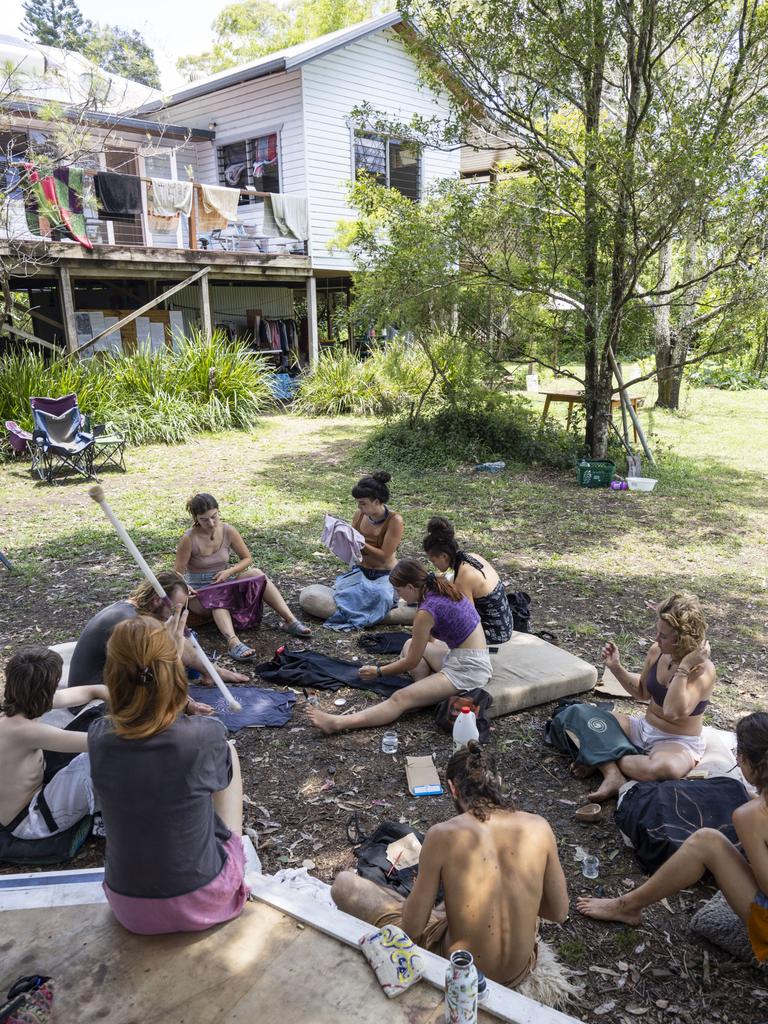
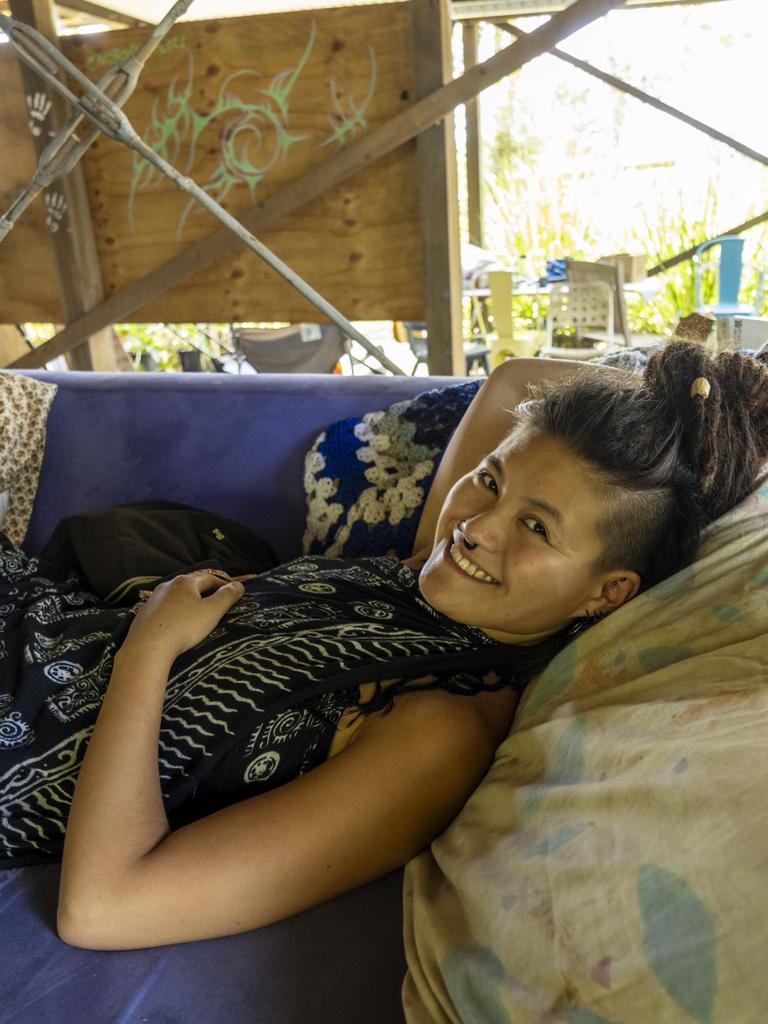
MORE: ‘Killing us’: Aussies worse off after rate cut
Toward the end of the strip is 68 Pine Street. Bought by the State Government for $450,000 in September, 2023, it now operates as a gathering space for the “community”.
They convene there for a group meeting every Tuesday at 6pm. The agenda varies but each person usually contributes $5 to the weekly shop, groceries, gas, before matters turn to internal relations.
“[This is when] we organise everything, our future, our ideas, and also, of course, navigate our conflict, because we are a lot of people, and sometimes like everywhere, sometimes [there] comes some drama,” Rachele Meliani, 28, who lives in the main house with her partner and several others, told news.com.au.
A former journalist and social advocate in her hometown of Tuscany, Italy, Ms Meliani is aware her free-living situation is illegal, having been handed her first eviction notice in June last year.
One week after news.com.au visited the squatters in January, they were handed a second notice to evict within seven days, though many are still refusing to budge.
The RA has now commenced legal proceedings as a last resort, a process which could be drawn out for months.
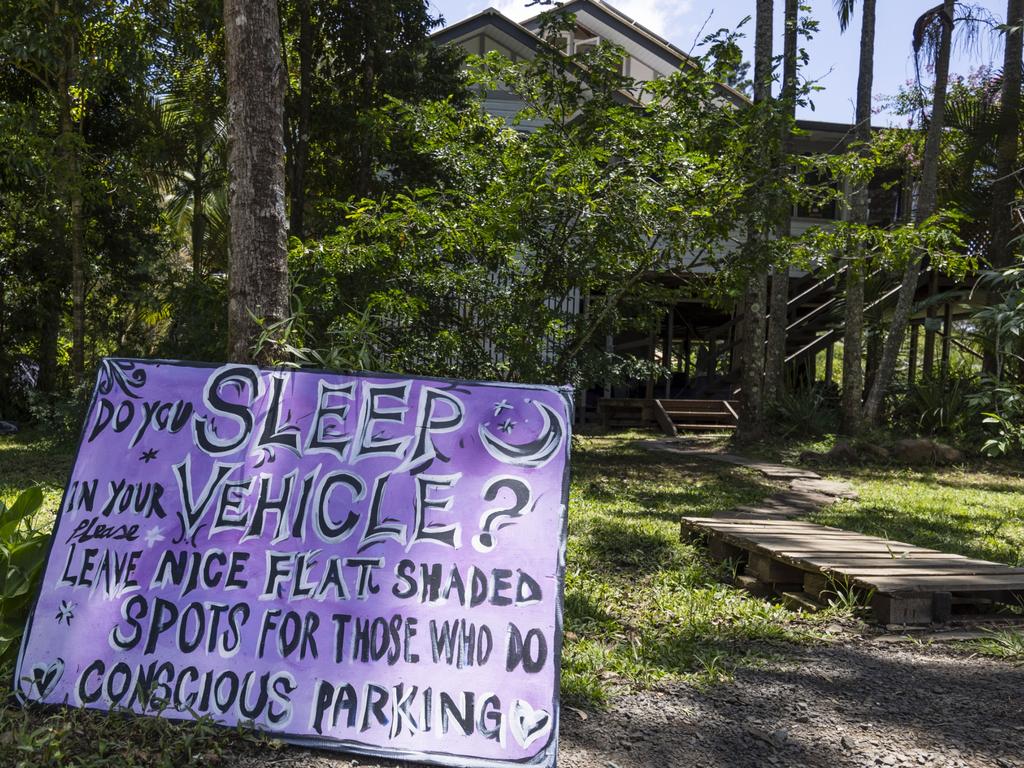
MORE: Huge prediction for Aussie house prices
“The numbers [of squatters] have grown significantly to what was there when we first became aware of the issue last year,” RA’s Executive Director Northern Rivers Adaptation Division Kirstie Clarke told news.com.au.
“We really wanted the occupants to leave of their own accord, however, they haven’t.
“It’s disappointing because this is really diverting funding, resources and effort away from what the RA is intending to do.
“The program is to support people who’ve been directly impacted by the floods.”
However, Ms Meliani stressed their presence was not a case of taking advantage. Rather, she said, an opportunity for the squatters to “give back” to a community in need of connection.
“Lismore lived a trauma after the flood, and I think that this is like, a kind of healing, to go on after this natural disaster. We can do a lot of stuff for the community, not just for us,” she said.
“It’s really nice. It’s a nice social experiment. And we try to live all together, sharing and also we [recently] organised our first public event, because the goal for us is get more connected to the Lismore community.”
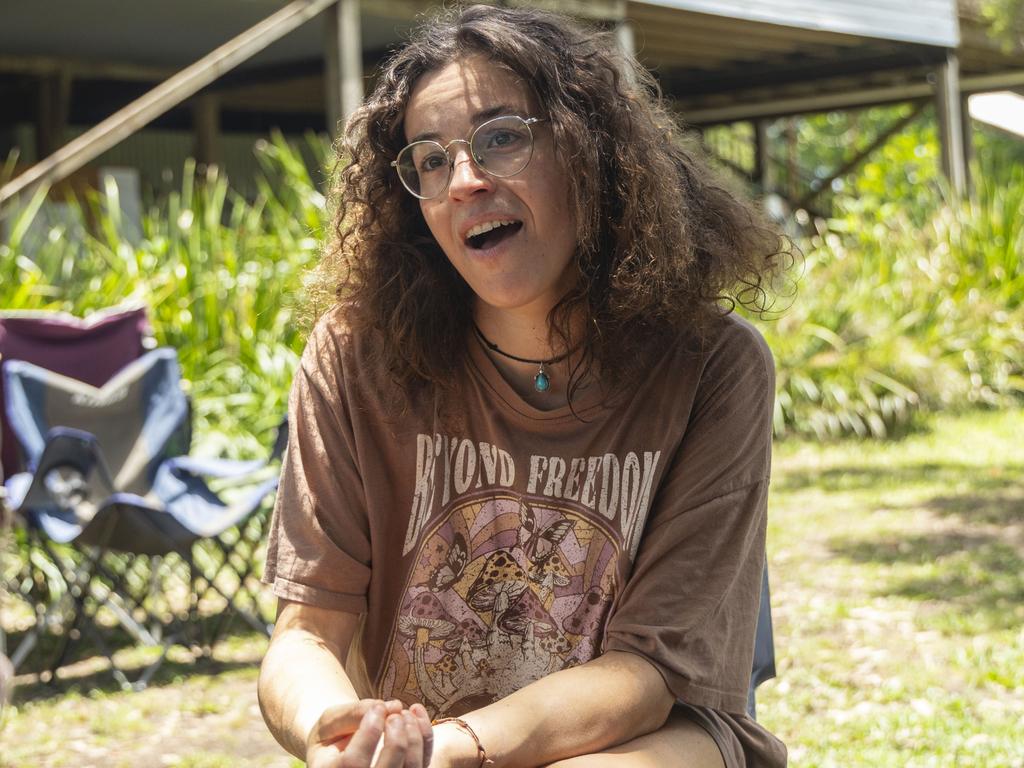
The Pine Street residents held their first event just before Christmas, a festive-themed showcase with singing, dancing and fire-breathers.
“We would like have this place open for everyone, just for them to come and be together with workshops and open mic nights,” Ms Meliani said.
“A lot of us are artists, so of course, the music, the theatre, is something that is inside our blood.
“We would like organise more moments where the people can feel safe and really welcome.”
Despite two attempts to move the group on, Ms Meliani claims to have had pleasant relations with local police.
“Our slogan is ‘occupation until a relocation.’ So when the government started to have a plan and present us this plan, we are ready to step back,” she said.
“The police was really nice with us, you know, like everything in respect, because we are doing garden, we are planting vegetables, we are cleaning we are doing something that is good. We are not burn furniture or something like that. So of course, the conversation was really respectful.
“At the moment, we have this agreement, it’s OK that we live here.”
Squatters a sign of a much bigger problem
For Mayor Krieg, who was sworn in a few weeks before the floods, the squatters taking up residence in his once-vibrant city is a symbol of the drawn-out buyback rollout, which he called an “abject failure”.
As part of the scheme, the state government offered affected residents competitive, pre-flood values for properties, some of whom took the cash and moved to other cities.
Of the hundreds of homes purchased, most are still fenced off across the city.
Just before Christmas last year, the first four were finally moved to higher ground in Lismore, to the newer Mt Pleasant Estate in Goonellabah as part of the RA’s $100 million Resilient Lands Program (RLP).
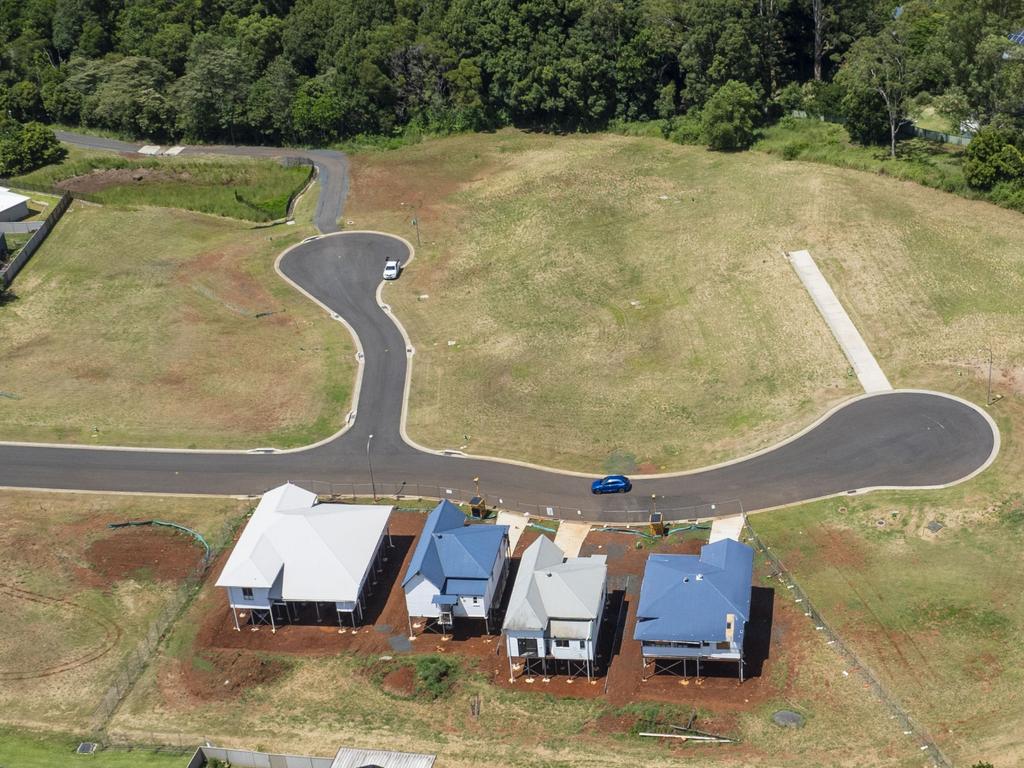
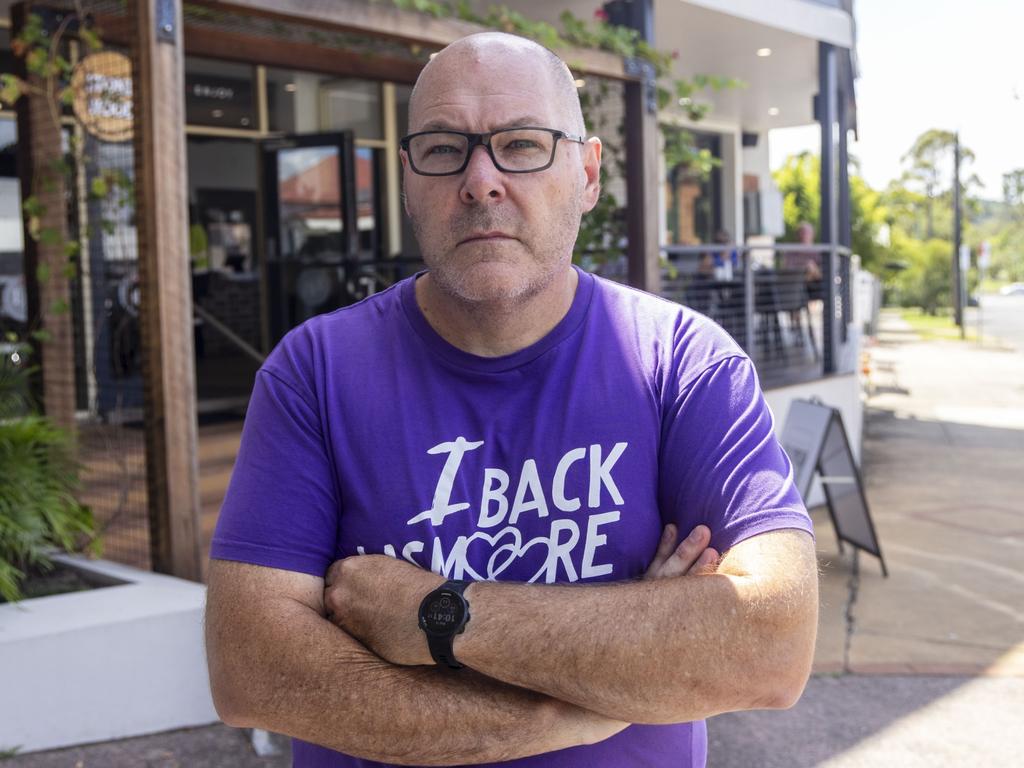
“We should be moving a lot of these places now,” Mr Krieg told news.com.au.
“It was literally just before Christmas that the first homes were either relocated or recycled. And as time goes on, memories fade, and then justifications start mounting.”
The RA told news.com.au it was in the process of acquiring a number of other sites, though Mt Pleasant, which can accommodate 39 homes, is currently the only area eligible for relocation.
A day in the life on Pine Street
When I arrive unannounced, it’s 2pm on a scorching hot Tuesday in mid-January. The Pine Street folk are all gathered in a circle in the garden of the main house, painting patterns onto singlets and enjoying a shared cigarette.
They’ve removed the government fences that once surrounded the properties and stacked them away for ease of living.
Ms Meliani said most of the people work the odd casual job, she as a chef at the local Mumtaj Indian restaurant, though a typical day in the life on Pine Street always starts with a ‘family’ feast.
“In general, we organise a huge breakfast all together,” Ms Meliani said of the day’s schedule.
“This is the first mission that we have in the day. We are really lucky, because thanks to Aldi and thanks to this collective, we can go and pick some food that could be waste.”
After that, it’s usually time for a workshop of some sort.
“Like yoga … And we try to share our knowledge,” she said.
“It’s like a really beautiful experiment to be together, listen, speak, understand the emotion, understand the reaction, and find the safe place where everyone can share what we feel.”
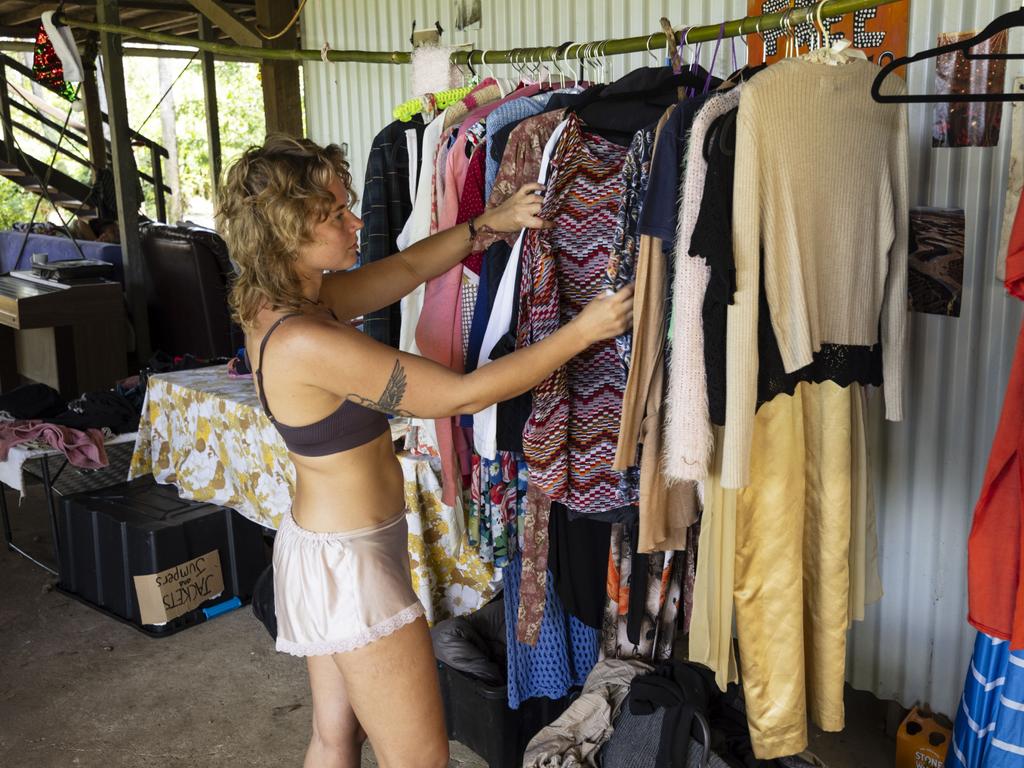
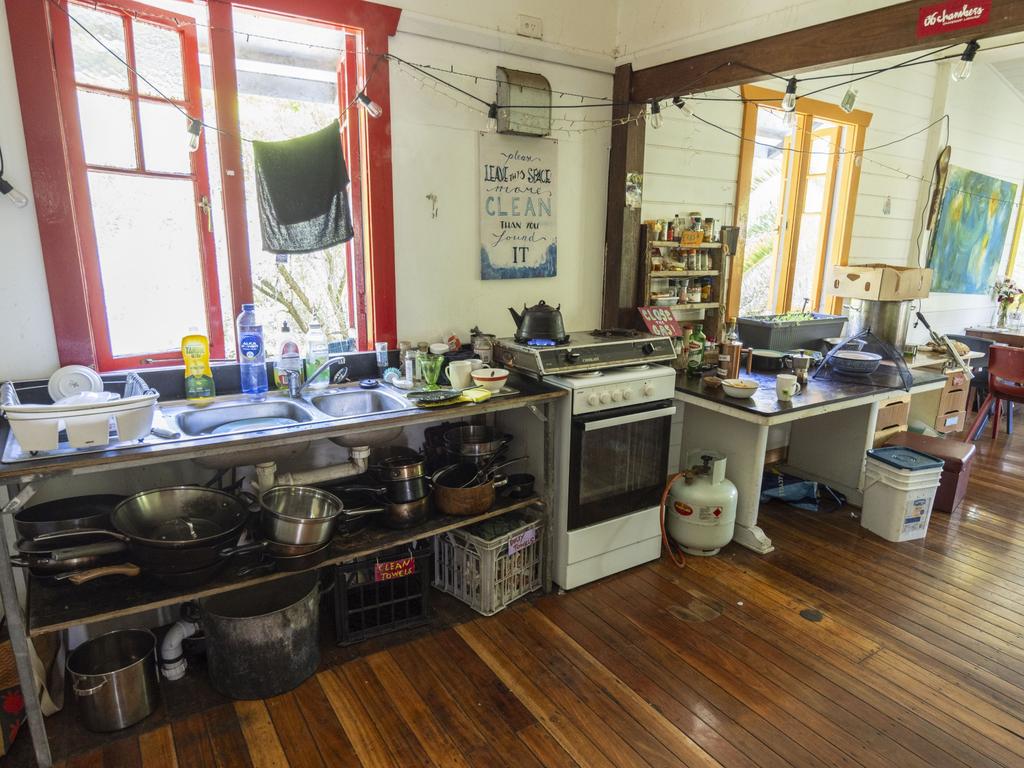
The RA has twice switched their water off, though the squatters have found crafty ways to reconnect it themselves. They’ve also manufactured their own electricity by connecting batteries to the solar panels.
Stepping into the main house, vegetables are stewing on the stove top, picked fresh from their makeshift garden, while the pantry is stocked with rice, beans and various non perishables.
It’s small, an open living room and small bedroom sitting adjacent to the kitchen. Many of the squatters sleep in tents and vans outside.
Downstairs, under the pillars, is where the action is.
Two pianos, three guitars and a set of bongos surround a furniture heavy enclave.
There’s a communal clothing rack everyone is able to borrow from.
Instructions on a whiteboard lay out the evacuation plan in the event of a flood, while a painted sign erected on the wall reads, ‘Make yourself at home in this drug free zone.’
The RA has identified the properties on Pine Street are suitable for relocation, and are eager to proceed with next steps.
“They’re trespassing. They have broken into locked fences. They have illegally reconnected water that was previously disconnected, and they’re living in properties without power,” Ms Clarke said.
“These homes were some of the hardest hit properties in the region. They’re in the highest flood risk area, and they’re not safe for habitation.”
News.com.au has made several attempts to contact the residents of Pine Street after their eviction date lapsed.




